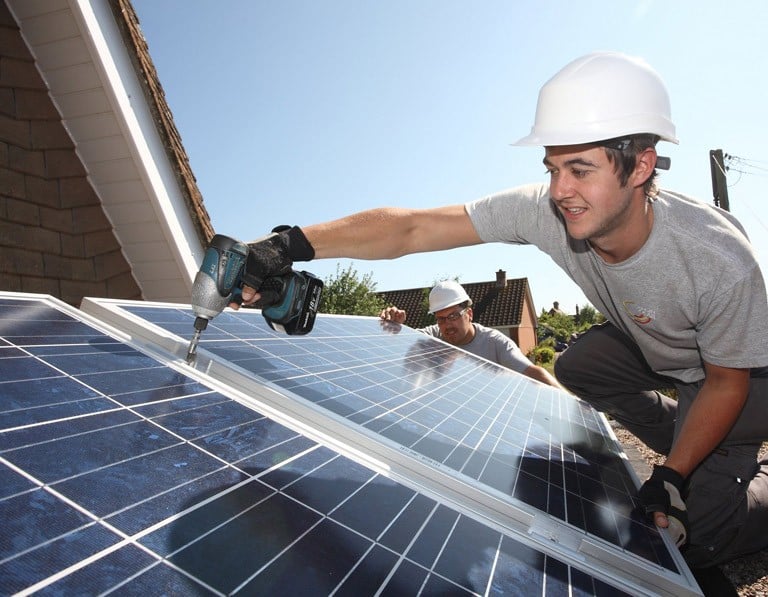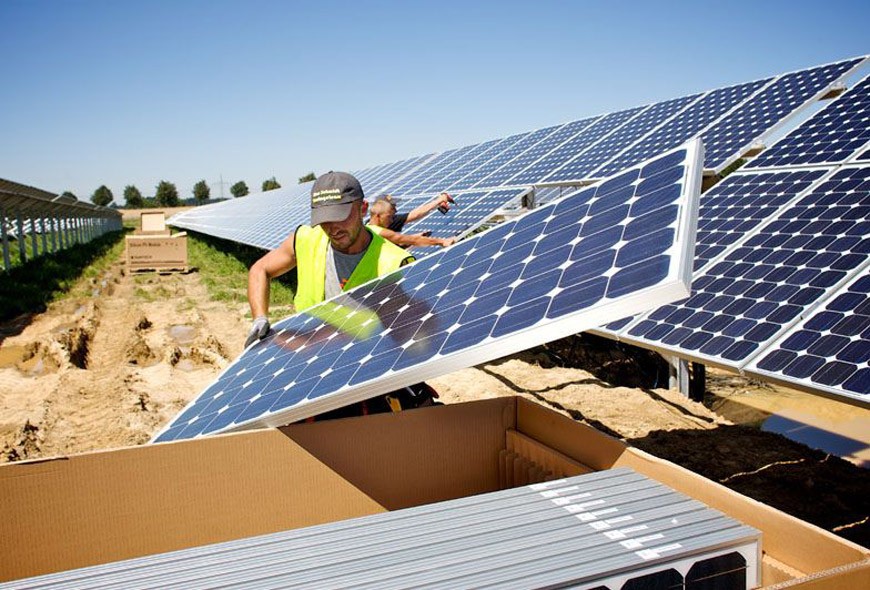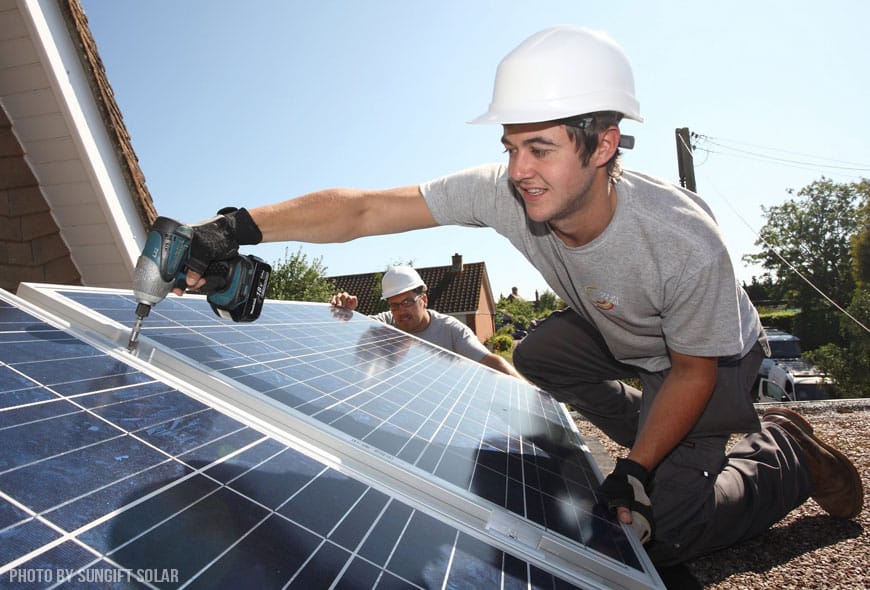Are Solar Panels The Bright Solution To Energy?
At times the sun can be forgotten as a truly viable commodity, but can the sun really be a valuable resource? The short answer is yes, and definitely in the long run. Through the use of solar panels a new and efficient resource is now being utilized.
What is solar energy and why choose it?
Fossil fuels such as coal, natural gas, and oil are becoming outdated and solar power is becoming acknowledged for its quantity and minimal environmental impact. Unlike fossil fuels, solar energy emits no carbon or methane and doesn’t require any hazardous drilling or mining. And in addition to being environmentally friendly, Steve Wright of the energy collective reports that: “the solar power industry’s “innovation engine” has resulted in the creation of tens of thousands of jobs in the last decade alone.” The industry is providing thousands of people in the U.S. and abroad with continued employment opportunities.
Solar panels are powered by sunlight and are comprised of photovoltaic cells that convert the light directly into electricity. These cells are made of semi-conductors like silicon and create an electric field that force out electrons, freed by light absorption into a particular direction.
What are the Big Picture factors surrounding solar panels?
Do the potential benefits outweigh the costs?
The entire cost of a solar panel system averages between $15,000 and $40,000. In return, users receive a 30 percent tax credit. Depending on where you live, it could be as high as a 50 percent plus a rebate of the total expense. According to Energy Informative, the property value of each home increases approximately $20 for every $1 of utility savings per year. And long term savings will happen later down the road. For example residents in Hawaii have saved about $64,000 over a 20-year span.
What is the global impact of solar power?
Stanford GSB states that solar power could potentially produce more than 8 percent of global energy which would be 25 times higher than the current level. In response to the steadily declining prices of solar power, many countries especially Germany and Spain are now investing in this energy source. China in particular remains a powerhouse in the renewable energy game. Journal Sentinel reports that China invested $56 billion in renewable energy in 2014 which was more than all of Europe. And China announced that by 2015 two-thirds of China’s solar power will come from newly installed solar water heaters and panels that can now be seen across the country.
Potential Barriers and Solutions
As is the case with most good ideas, they usually come intact with multiple obstacles. Some of these obstacles include:
- Restrictions set by homeowners’ association covenants that restrict or prohibit solar panel installation.
- Zoning Ordinances that prevent certain districts from having solar installations.
- Height restrictions, lot coverage limitations and certain requirements that don’t allow panels on rooftops
Despite these difficulties, there are a few solutions that can combat them. For instance, more than half of all states have passed solar rights laws that either limit the restrictions or simply allow local governments to adopt regulations made for protecting solar access. One city in particular, is taking the industry by storm. San Diego solar energy systems are changing the way Southern California residents are thinking about solar.
Solar panels are also not just a fun accessory to add to your house. They can generate revenue if they produce more power than needed, and the public utility commission could actually compensate you for them. The benefits and possibilities of renewable resources like solar power are endless. In time, more of the world will realize this and will wonder how it got by without it.











